Table of Contents
- Lab Table Cleaning Protocol
- Lab Table Cleaning Guidelines for All Worktop Materials
- Precautions for Cleaning Lab Tables
- Frequently Asked Questions
Cleaning lab tables requires attention to the type of surface, nature of the residue, and proper safety practices. Here are the 6 best ways to clean lab tables while maintaining laboratory hygiene and safety.
Lab Table Cleaning Protocol
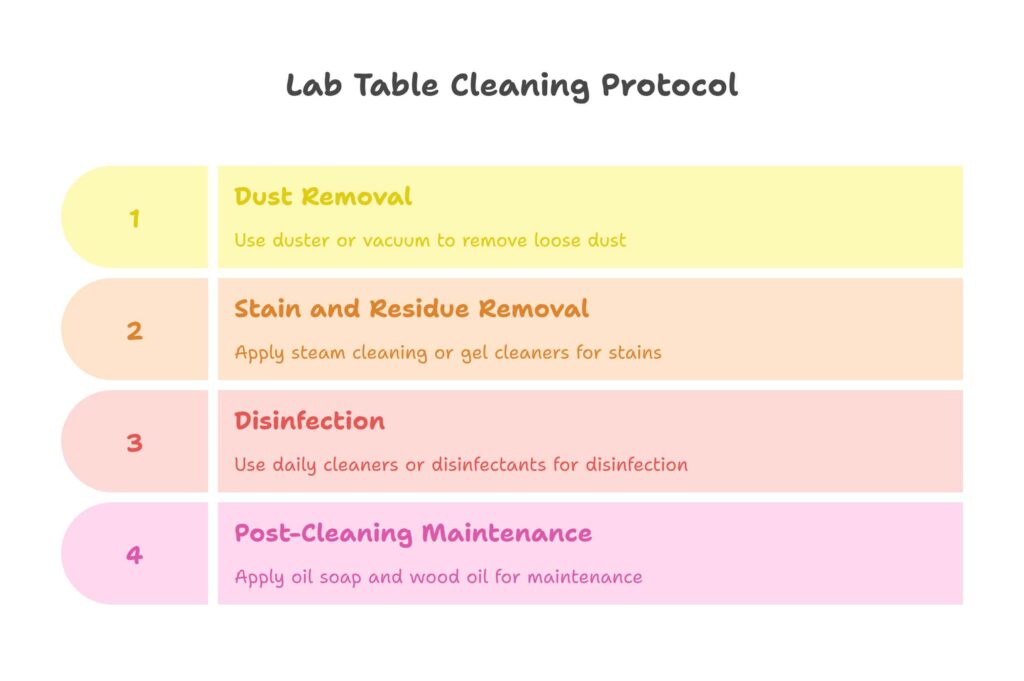
Dust Removal
Start by dusting to remove all loose dust particles using a non-flammable duster or table mop. Vacuum dust buster machines work best, if you have one.
Stain and Residue Removal
Use steam cleaning to remove stains from worktops effectively.
Apply gel cleaners like Viakal to eliminate hard water stains from solid worktop surfaces.
For phenolic resin surfaces, safe cleaning agents include:
- Acetone
- Spirits
- Isopropyl alcohol
Disinfection
For daily cleaning, use:
- Water with dish soap
- Ammonia-based cleaners (safe and sufficient for regular use)
Disinfect lab work surfaces periodically using any of the following:
- Acetone
- Hydrochloric acid (~10%)
- 10% bleach solution followed by 70% ethanol
- Use a 1:100 bleach dilution by mixing 5 tablespoons of bleach per 1 gallon of water; this solution is effective against bacteria, fungi (including Mycobacterium tuberculosis), and viruses.
Ensure you leave the disinfectant on the surface for the duration specified by the manufacturer to achieve full bactericidal and virucidal action.
Post-Cleaning Maintenance
- Remove dust and debris from the bench using a soft cloth or vacuum.
- Mix ¼ cup of Murphy’s Oil Soap with 1 gallon of warm water.
- Dampen a soft cloth or sponge with the solution, then wipe the bench along the wood grain.
- Dry the surface with a clean cloth.
- For extra conditioning, apply a small amount of Murphy’s Wood Oil and buff gently.
- Regular use helps maintain the finish, restore shine, and protect the bench.
Get Lab Tables at best prices in India
Lab Table Cleaning Guidelines for All Worktop Materials
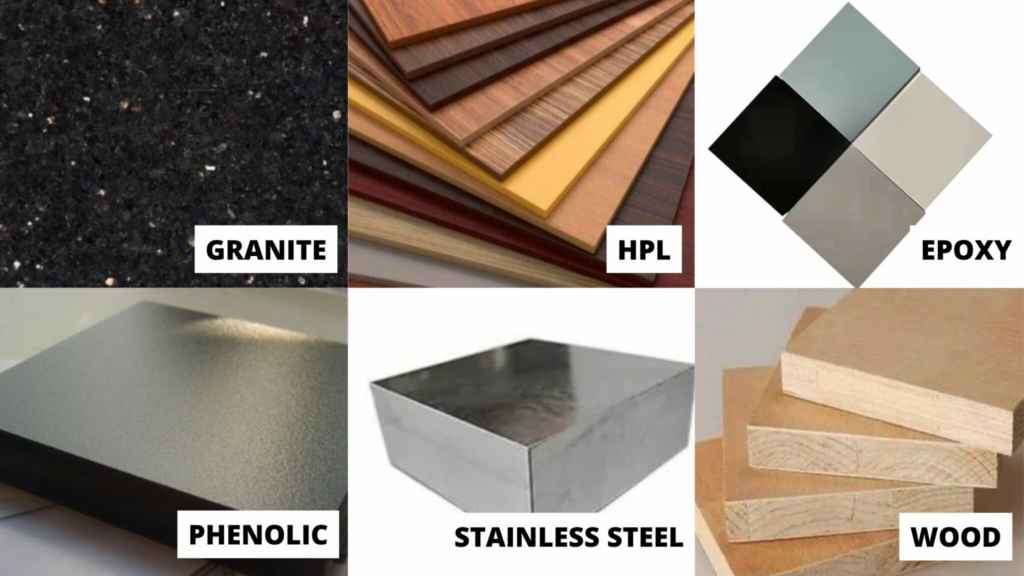
Phenolic Resin
- Clean daily with Simple Green and a soft cloth.
- Use Murphy’s Oil to buff the surface and apply shine using a chamois cloth.
- Regular cleaning can be done using soft cloth and non-abrasive household cleaning products.
- Remove marring with soap and water or acetone. For tougher stains, use a light-duty Scotch-Brite pad soaked in fluid (never dry).
- Steam cleaning is effective due to phenolic resin’s moisture resistance.
- Surface scratches or dents can be sanded and refinished.
Epoxy Resin
- Clean regularly with mild soap, water, vinegar, or household cleaners.
- For tough spots, use isopropyl alcohol or acetone.
- Use a damp non-abrasive sponge or soft cloth to remove marring.
- For polishing, apply WD-40, mineral oil, lemon or citrus oil, or Crystal Simple Green with a soft cloth.
Plastic Laminate
- Avoid exposing seams to moisture.
- Clean greasy spills using a 50% vinegar and water solution.
- For deep cleaning, apply a baking soda paste mixed with household cleaner for five minutes, then wipe with a soft cloth.
- Remove ink stains with a small amount of nail polish remover on a white cotton ball or cotton bud.
Stainless Steel
- Wipe in the direction of the grain using a soft cloth.
- Use mild detergent with hot water to remove grease.
- Tough stains can be removed using a baking soda and liquid dish soap paste with a toothbrush.
- Treat resistant stains with a 100% vinegar solution.
- For polishing, use commercial stainless-steel polishes, lemon oil, or silicone sprays.
- Avoid abrasive steel wool.
High-Density Polyethylene (HDPE)
- Use a nylon scrubber or stiff nylon brush with Simple Green cleaner. Avoid excessive pressure.
- Clean petroleum-based stains with citrus cleaner, alcohol, or mineral spirits.
- Remove persistent stains by soaking with diluted bleach.
- Light sanding may help, but it alters the finish.
Wood
- Use hot water, soap, and bleach for regular disinfecting of wooden lab tables to prevent bacterial growth and stains.
- Apply mineral oil treatments to preserve the surface and enhance water resistance.
- If cuts, scratches, or pits occur, sand and refinish the wooden surface to restore its smoothness.
Best Lab Worktops for Science Labs
Precautions for Cleaning Lab Tables
- Always wear PPE uniform when cleaning biological pathogens.
- Regular dusting prevents contamination of PCR reactions and stored samples. Using a vacuum dust buster is ideal. Molds and airborne spores can affect cultures like Potato Dextrose Agar.
- Tie all wires and cables securely to avoid tangling or exposure to cleaning liquids.
- In histology areas, clean paraffin wax build-up promptly with scrapers to prevent falls.
- Do not use acids, paint removers, or strong chlorinated solvents on sensitive worktop surfaces.
- Avoid standing water on materials other than phenolic laminate, epoxy resin, and stainless steel, which are more water-resistant.
Frequently Asked Questions
What do you clean lab tables with?
Use material-appropriate cleaners such as acetone, isopropyl alcohol, mild soap solutions, or bleach followed by ethanol, depending on the surface type.
What is the best way to clean lab tables?
Begin with dusting, followed by stain removal, disinfection, and finally surface-specific maintenance.
What is the best cleaner for lab benches?
Simple Green, isopropyl alcohol, acetone, and diluted bleach solutions are among the most effective options.
What are the steps and procedures for cleaning the table after a lab?
Dust, remove stains, disinfect with a bleach and ethanol protocol, rinse if needed, and dry the surface. Then apply conditioner or polish specific to the table material.
What chemical should be used to clean lab tables?
Use diluted bleach (1:100 ratio), 70% ethanol, acetone, isopropyl alcohol, or mild household detergents, based on contamination and material.
How do you clean lab materials?
Clean with water and mild soap, alcohol, bleach solution, or other appropriate disinfectants. Avoid abrasive tools unless specified.
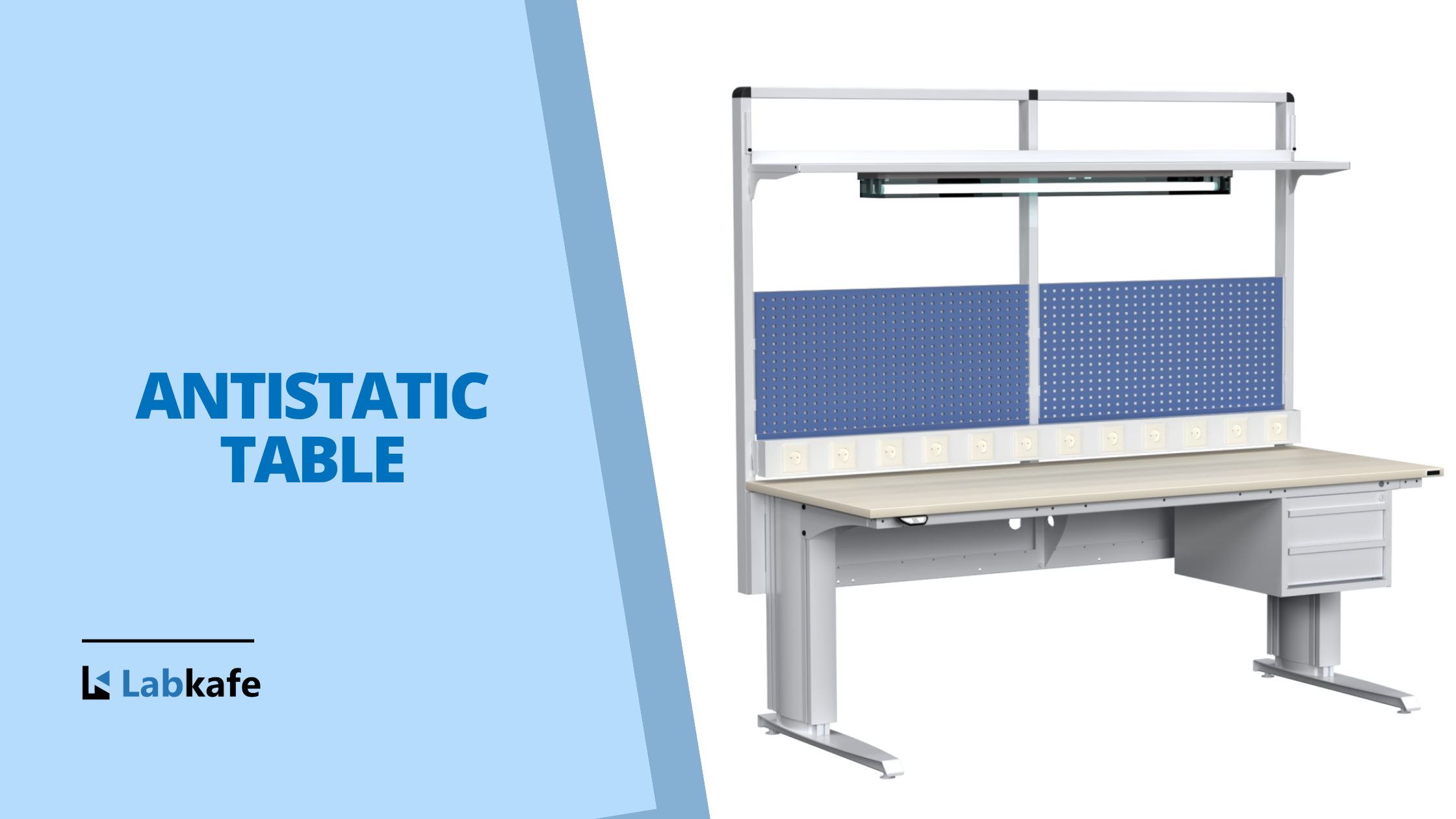
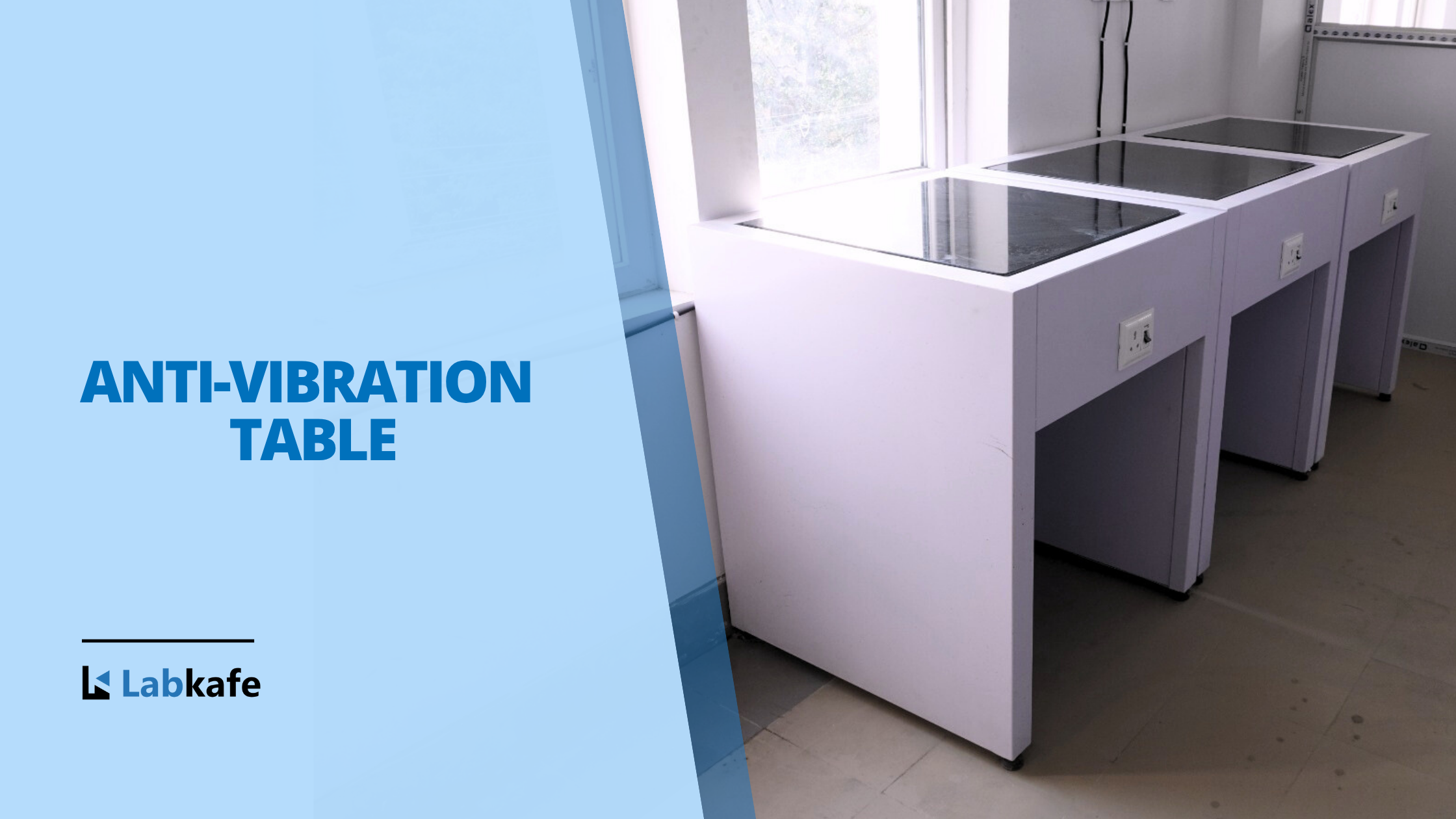


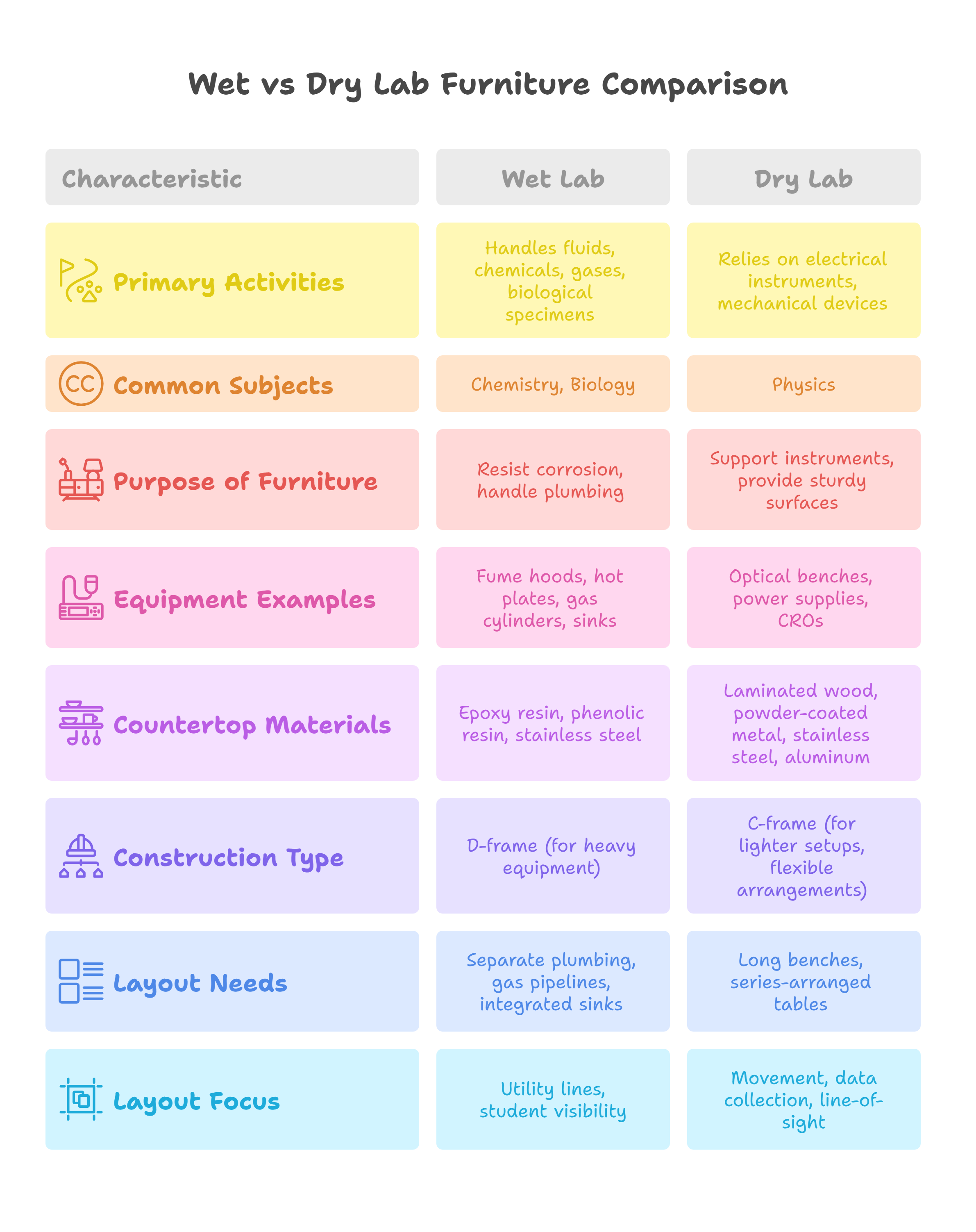
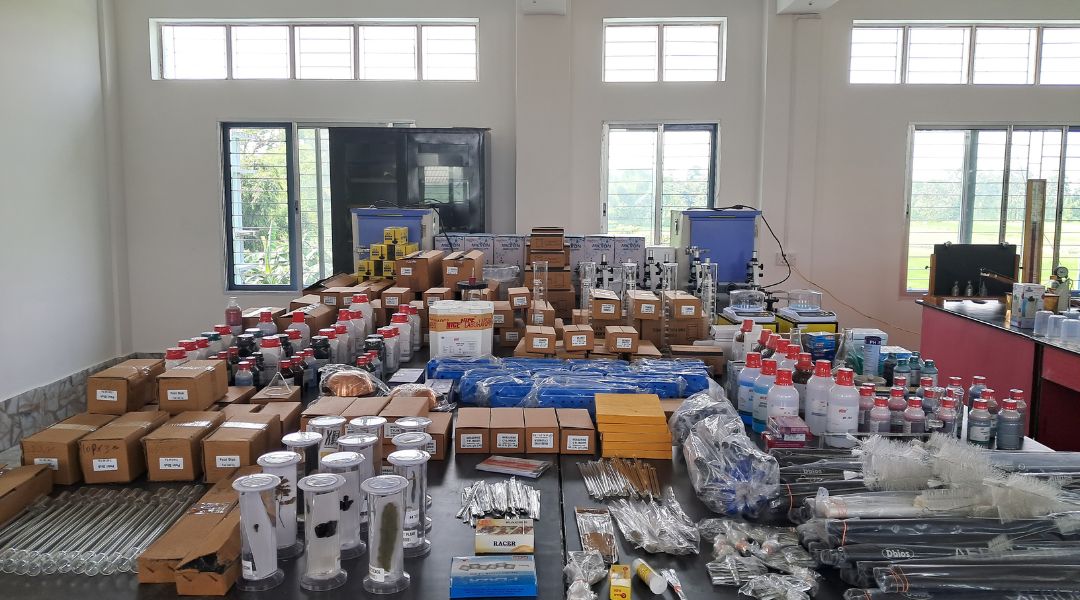
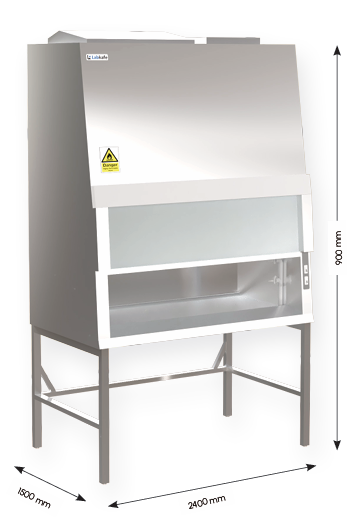
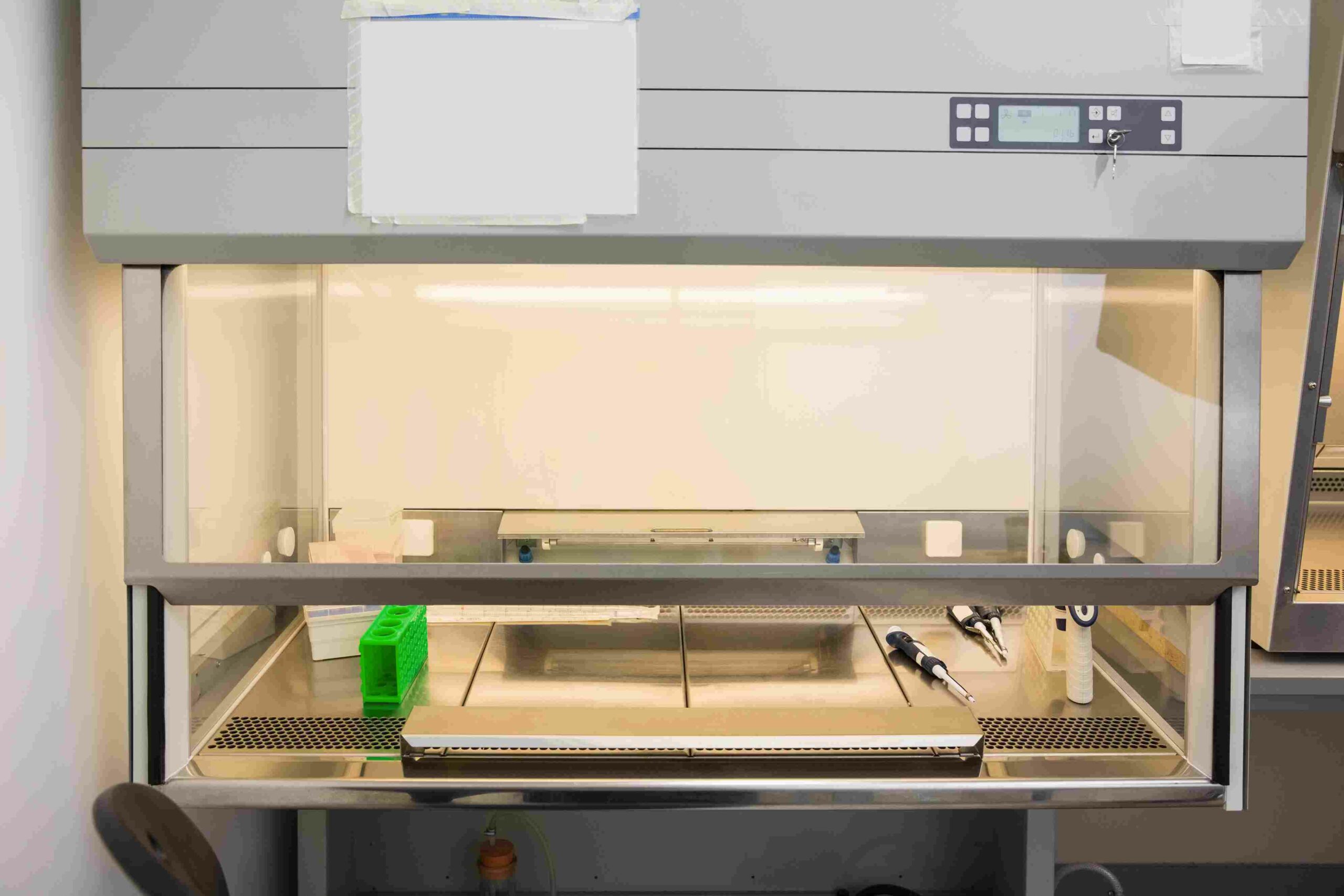
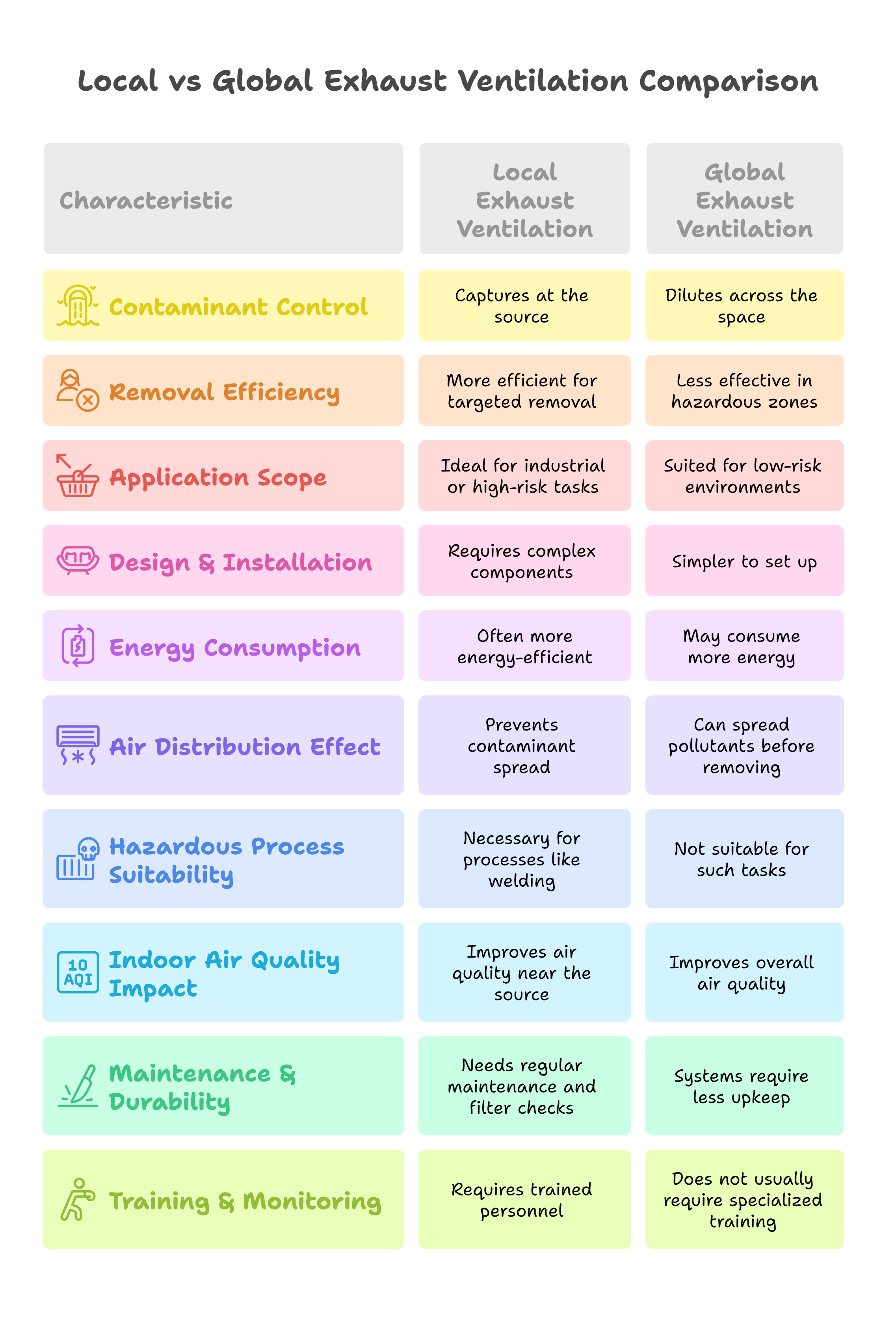
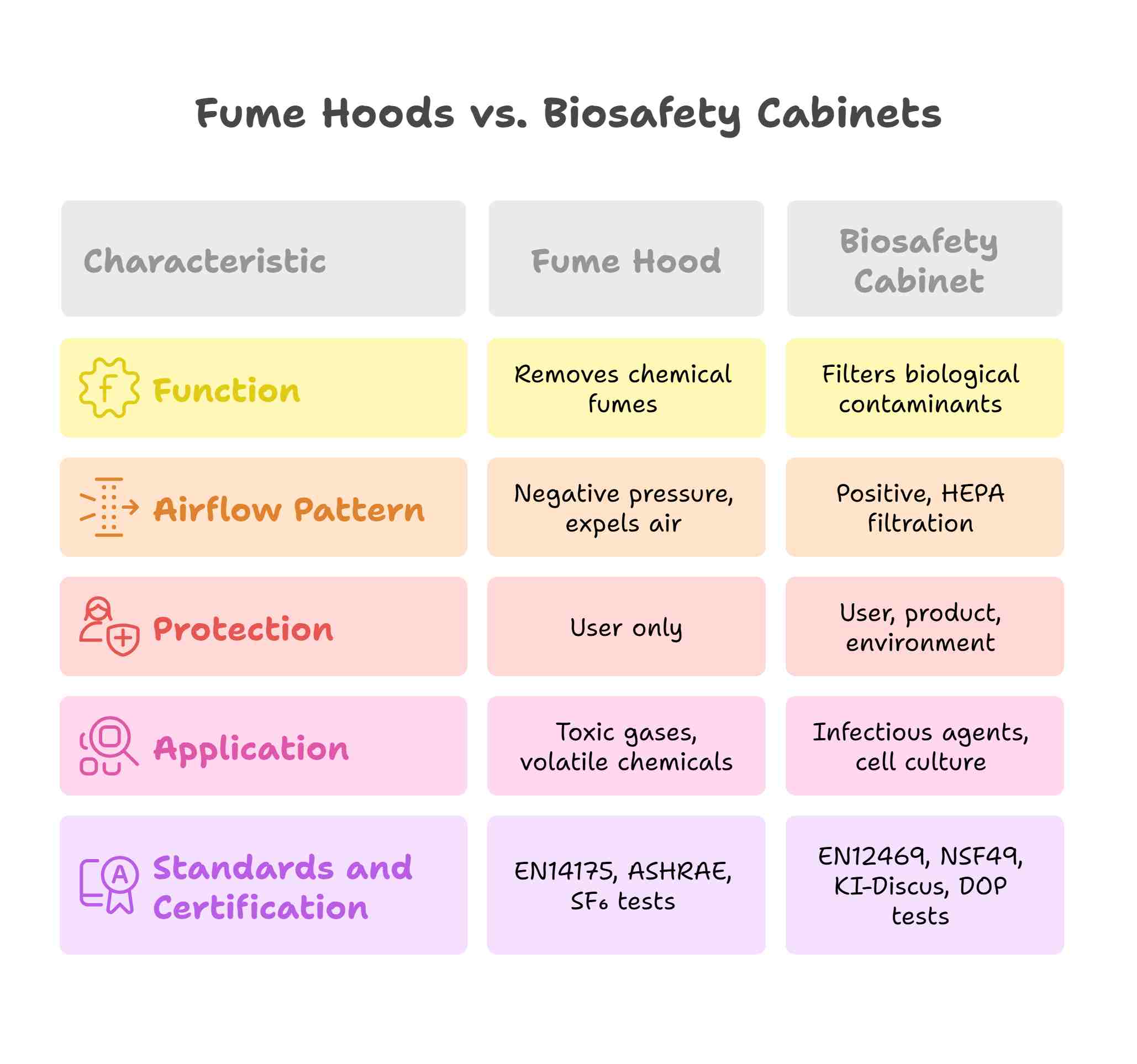
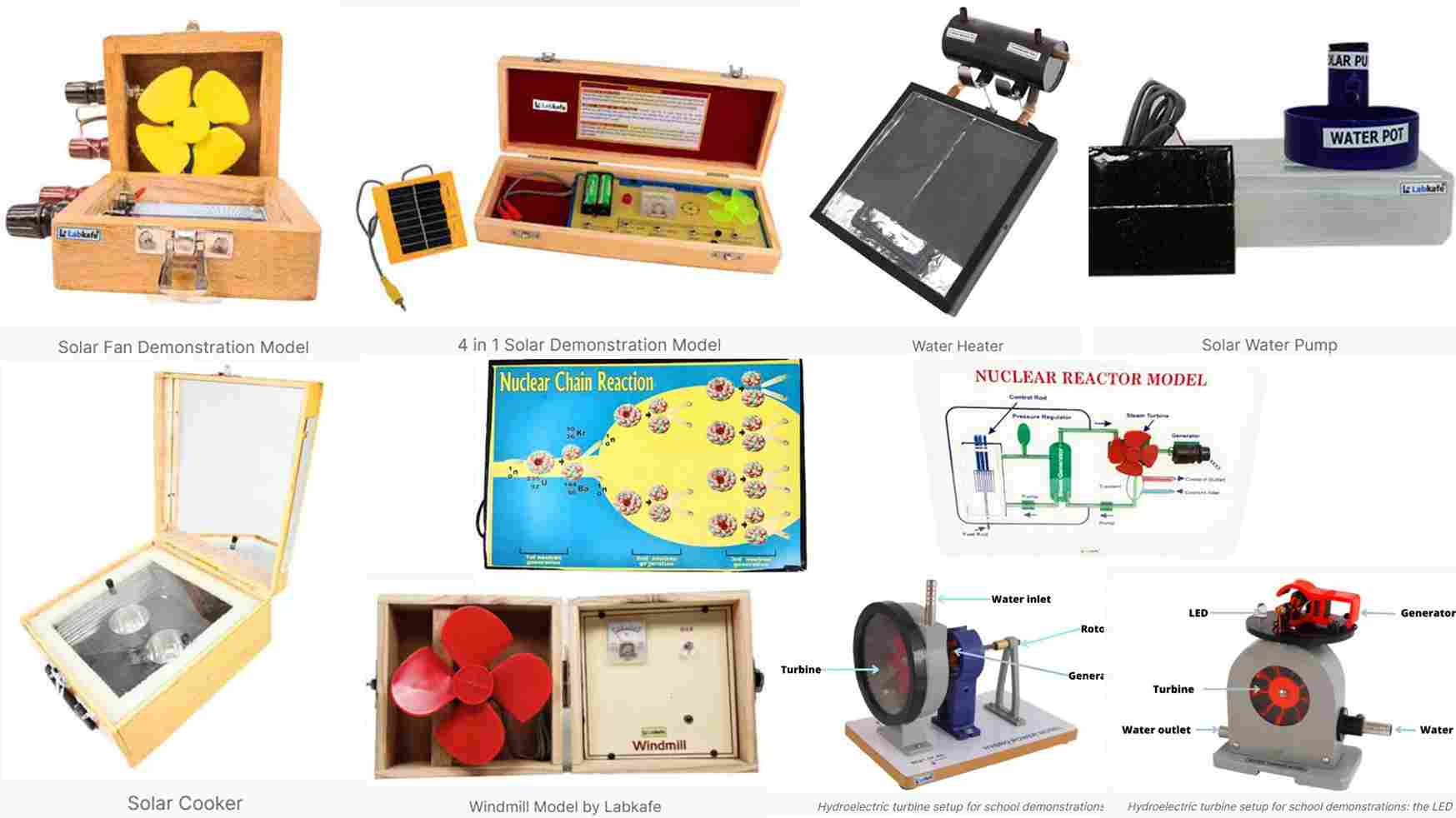
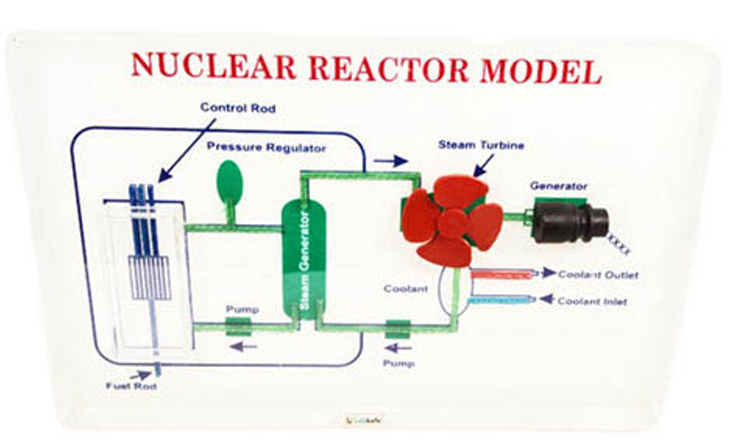
Leave a Reply